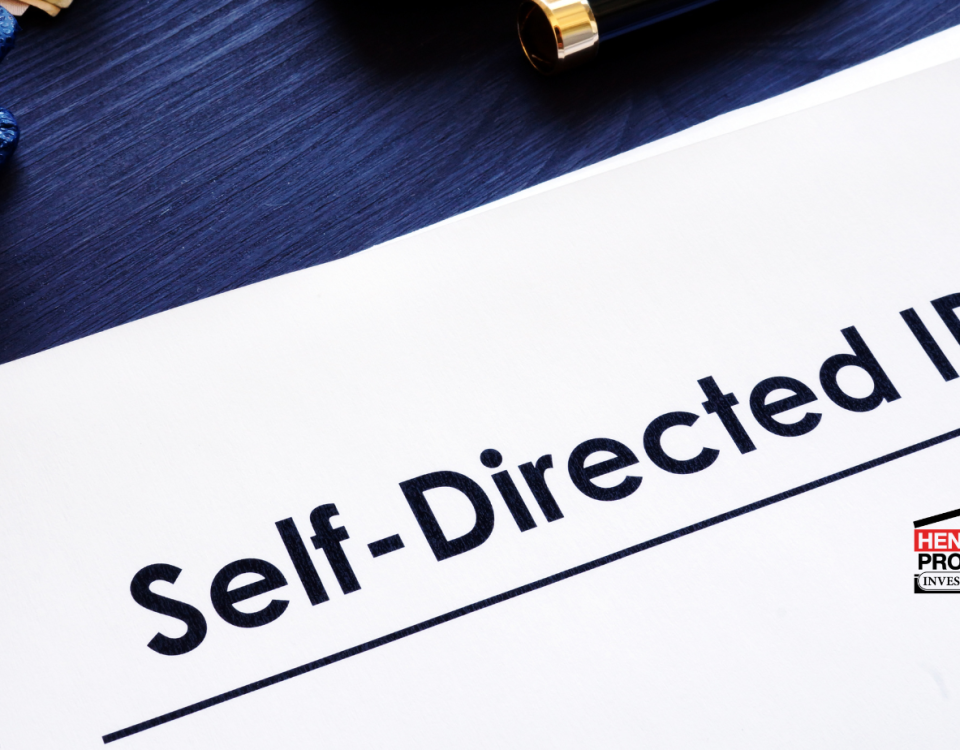Which is Better: Flipping or Renting Houses?

Calculating Costs for Buying a Rental Property
March 6, 2023
Rental Property Investment Made Easy: Pro Tips for Success
May 3, 2023To Flip or Hold
Determining whether flipping or buying and holding real estate is the superior investment strategy is a complex answer. Rather, it should be a component of a well-defined strategic plan that accounts for your overall objectives. Additionally, it is necessary to factor in the current market’s opportunities. This article will delve into the components of each approach and provide guidance on selecting the one best suited to your needs.
Why Invest in Real Estate
Many investors are turning to residential real estate for a variety of reasons. Firstly, real estate offers a more predictable return on investment compared to stocks and bonds. Additionally, real estate provides an inflation hedge since rental rates and investment cash flow typically rise alongside inflation. Real estate is also an excellent option for investors still determining the prospects of the stock and bond markets.
The equity created in a real estate investment can also serve as a solid foundation for financing other investment opportunities without borrowing on margin. Additionally, the tax-deductibility of mortgage interest makes borrowing against a property attractive. Lastly, residential real estate provides cash flow for owners and can be used as a home or for other purposes.

Passive vs. Active Income
One key distinction between buying and holding and flipping properties is that the former can provide you with passive income, while the latter offers active income. Passive income is money earned on investments that continue to make money without any material participation on your part. For example, it could be from stocks and bonds or from owning rental property and receiving rental income each month, provided you hire a management company to do all the required tasks, such as finding tenants, collecting rent, and taking care of maintenance.
Active income is money that you earn in exchange for the work that you perform. That includes your salary from employment, as well as the profits you make flipping houses. Flipping is considered active income, regardless of whether you are doing the physical labor of stripping floors. It is still a business you engage in—finding a property to flip, purchasing it, obtaining insurance, overseeing contractors, managing the project, and more.
Flipping is more than just an investment strategy like buying and holding stocks or real estate. If you have a day job, remember that your spare time will likely be filled with all the demands of flipping a property.
Flipping Properties: The Two Approaches
Two main types of properties can be used in real estate investing for a buy/sell approach. The first approach is to look for houses or apartments that are available below current market value due to financial distress. The second approach involves purchasing a fixer-upper, a property with structural, design, or condition issues that can be improved to create value.
Investors who focus on distressed properties typically identify homeowners who can no longer manage or maintain their properties or are overleveraged and at risk of defaulting. On the other hand, those who prefer fixer-uppers will remodel or enhance a property to make it more attractive to homeowners or more efficient for apartment tenants.
Investors using the fixer-upper approach rely on invested labor to increase property value rather than just buying a property at a low cost for high investment returns. Of course, combining both strategies when flipping properties is possible, and many investors do just that. However, consistently finding these opportunities can be challenging in the long run. Therefore, for most investors, flipping properties should be considered a tactical strategy rather than a long-term investment plan.
The Advantages and Disadvantages of Flipping Properties
Flipping properties is a real estate investment strategy that involves buying, renovating, and selling properties quickly for profit. This investment approach comes with its advantages and disadvantages.
Here are the pros and cons of flipping properties:
Advantage: Faster Return on Investment
One of the significant benefits of flipping properties is that it can provide a quicker return on investment compared to other investment strategies. On average, it takes about six months to flip a house, which frees up your capital for other investments.
Advantage: Potentially Safer Investment
Flipping properties can be considered a safer investment because it aims to keep the capital at risk for a minimal amount of time. Unlike the stock market, where market conditions can change instantly, real estate markets are often more predictable. Flipping properties also eliminates the hassles of being a landlord, such as finding tenants and maintaining the property.
Disadvantage: Costs
Flipping houses can be expensive and lead to cash flow issues, affecting profits. The transaction costs of flipping properties are high, which can significantly reduce profits. Moreover, you are giving up a steady paycheck if you rely on flipping properties for your income.
Disadvantage: Taxes
Flipping properties can lead to higher taxes due to the quick turnaround in properties. If you own a property for less than a year, you must pay a higher capital gains tax rate based on your earned income. In addition, it can create swings in revenue that can increase your tax bill.
Pros and Cons of Buy-and-Hold Real Estate
Pros
- Provides ongoing income
- Potential increase in property value
- Tax benefits
Cons
- Vacancy costs
- Management and legal issues
Pros:
One of the most significant advantages of buying and holding real estate is that it generates ongoing income. Rental property ownership offers a reliable source of cash flow that continues regardless of where you are or what you are doing. In addition, long-term real estate ownership is a proven method of amassing wealth, as property values typically rebound after periods of decreasing prices.
Another benefit of buying and holding is the potential for an increase in property value over time. As the property’s value appreciates, the amount you owe on the mortgage decreases, creating equity that can be leveraged for other investments. Additionally, if you purchase during a buyer’s market and sell during a seller’s market, there is potential for a significant return on investment.
Finally, owning rental property has tax advantages not available to flippers. For example, rental income is taxed at a lower rate than earned income, and you can also deduct expenses such as repairs, maintenance, property management, and travel expenses. Furthermore, if you hold the property for more than a year before selling, you’ll pay taxes at the long-term capital gains rate.
Cons:
One of the biggest risks of owning rental property is the potential for vacancy costs. If you cannot find tenants for your property, you will be responsible for covering the mortgage payments during that period. Therefore, it’s essential to make sure that your budget can cover one to three months of vacancy per year before investing in a buy-and-hold property.
Another challenge of long-term real estate ownership is the management and legal issues of being a landlord. Finding quality tenants and meeting their needs can take time and effort. However, successful property management is necessary to ensure ongoing cash flows from your investment.
What Is Best For You?
To choose between flipping or holding properties long-term, there are a few crucial questions you need to ask yourself. First, you must decide if your real estate investment is permanent or merely a way to profit from an expected rise in home prices. Additionally, it would be best to determine what risk and return ratio is appropriate for your investment portfolio, along with your risk tolerance and management skills.
Suppose you don’t have the capital to purchase a diversified portfolio. In that case, you’ll have to take on unsystematic risk, including individual property risks and a potential lack of demand from homeowners or renters.
If you’re considering a buy-and-sell strategy, you’ll need to determine whether you have the skills to find distressed sale properties or fixer-uppers. In addition, in this transactional strategy, it’s crucial to consider whether you can turn enough capital within a given investment period to overcome transaction costs like brokerage, financing, and closing fees.
The choice between the two strategies depends on your financial situation and goals. Nonetheless, the long-term holding strategy is generally more appropriate for those using real estate as a core portion of their investment portfolios.
Conclusion
On the other hand, flipping properties is usually better when real estate is used as an adjunct or a return-enhancement tactic.
Investors wishing to amass wealth and derive income from their real estate investments should consider holding real estate for the long term. Then, they can use the equity built into the portfolio to finance other investment opportunities, with the potential of eventually selling the properties in an up-market.
Flipping properties is a tactic that is best suited for periods when prospects in the stock and bond markets are low. However, it can also work for people trying to realize short-term capital gains for as long as the housing market allows.
The decision to flip or hold real estate depends on your objectives and market opportunities. Buying and holding is better for ongoing income and wealth accumulation, while flipping is tactical for short-term profits. Our experienced professionals can help you create a tailored strategic plan. Contact us now to get started!







